By Martha Quillen
Do nice guys finish first? Or last?
That’s a classic question, but what I want to know is not where nice guys finish (since they likely finish in different places), but what merits the designation “nice.” In our era, citizens tend to either praise political VIPs or call them stupid – and sometimes even accuse them of criminal activities – whether the conversation is about Donald Trump, Hillary Clinton, Paul Ryan, Nancy Pelosi, or the mayor of Salida.

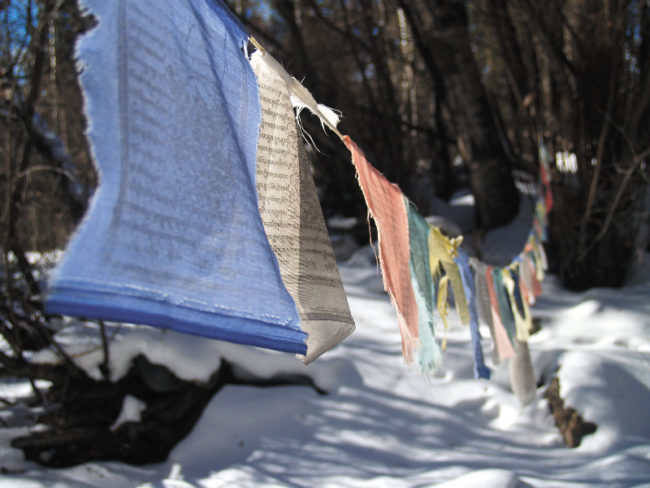
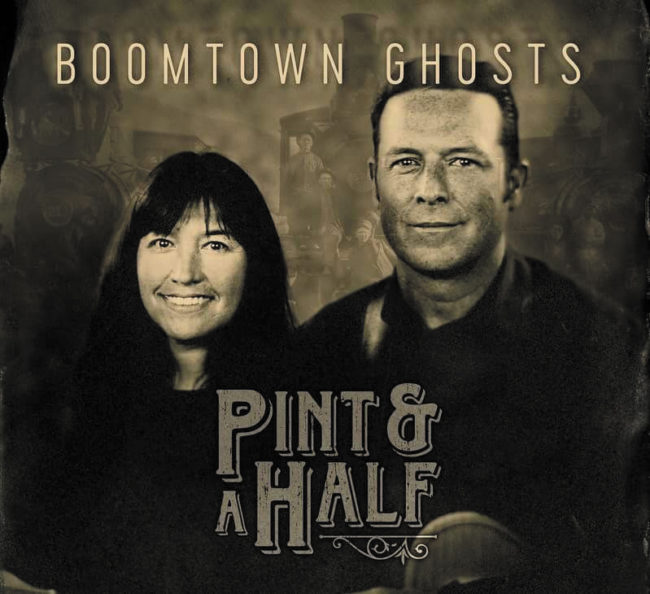

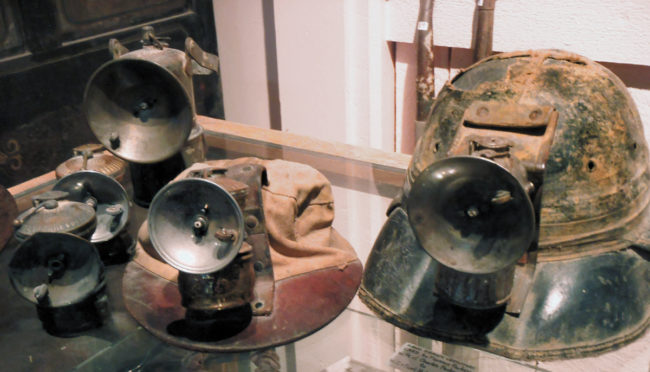
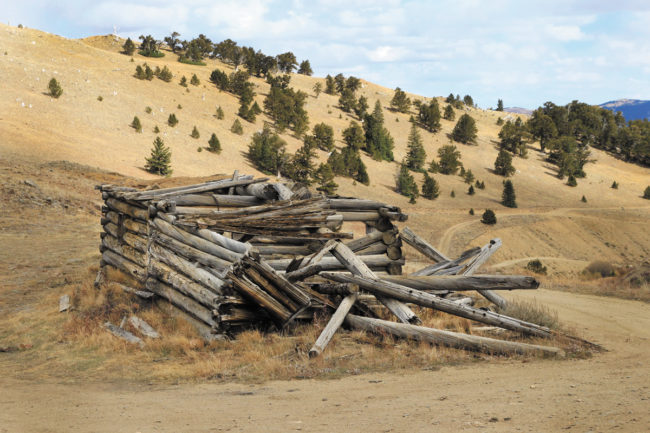
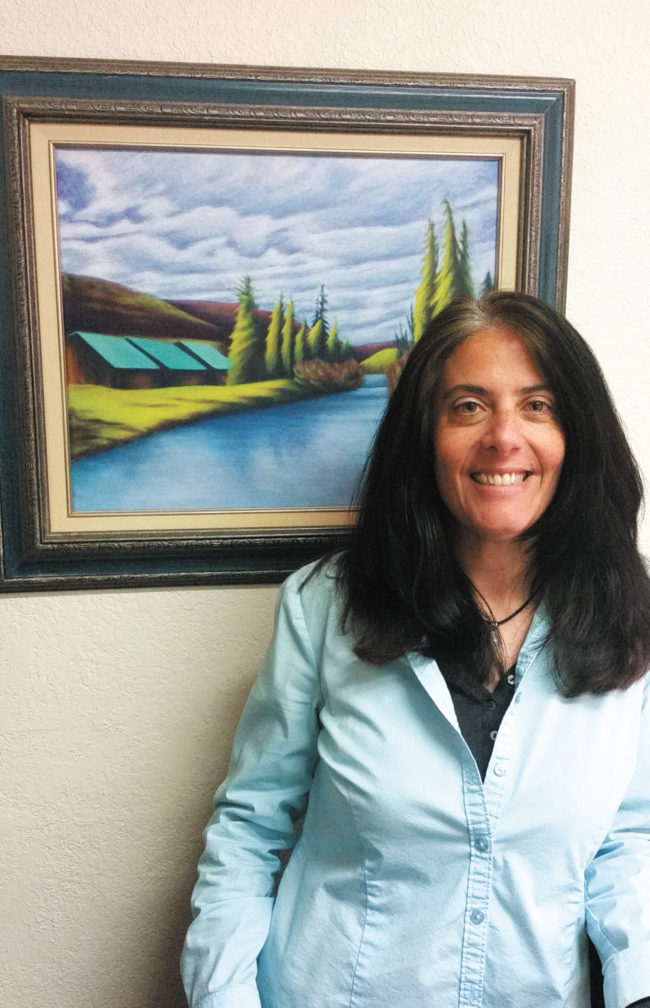
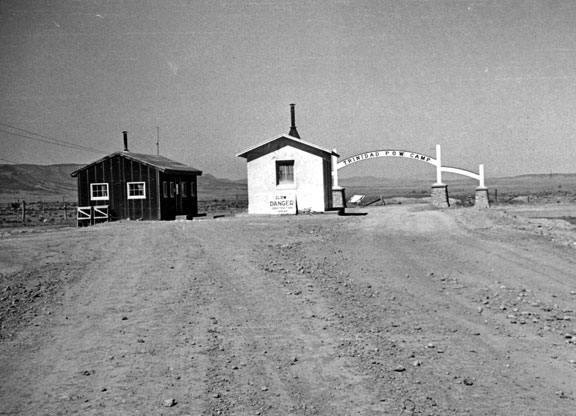
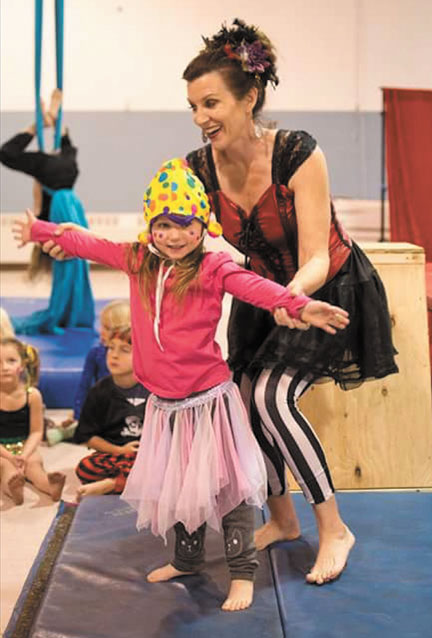
Designating Lands with Wilderness Characteristics in Western Fremont County